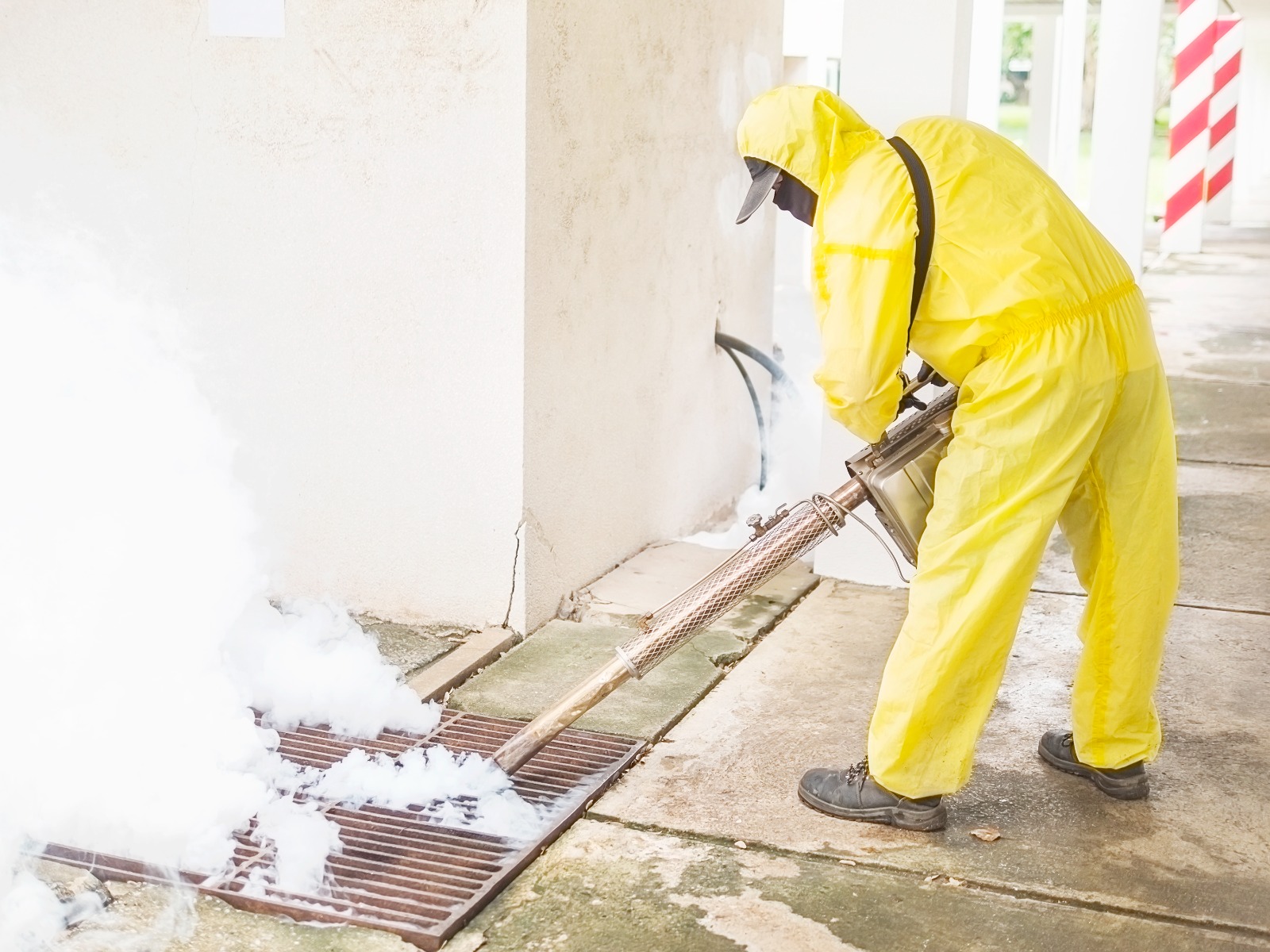Ants are tiny but mighty when it comes to invading homes. One or two ants might not seem like a big deal, but they often signal a much larger problem waiting to unfold. Once they settle in, they multiply quickly and can turn your kitchen, bathroom, or even bedroom into their personal colony. Whether you live in an apartment or a villa, ignoring the early signs can lead to serious damage and hygiene issues. That’s why spotting the first clues and acting fast—often with professional ant extermination services—is key to keeping your home ant-free.
Why You Should Never Ignore Early Signs of Ants
It’s easy to dismiss a few ants crawling on your countertop. However, ants are rarely solo explorers. They leave scent trails for the rest of their colony to follow. If you see a few, there are likely hundreds more nearby. Ignoring these signs can lead to:
- Food contamination: Ants carry bacteria from garbage or outdoors straight to your food.
- Structural damage: Certain species, like carpenter ants, can hollow out wood.
- Allergies or bites: Some ants can bite or cause mild allergic reactions.
- Difficult eradication: The longer they stay, the harder it becomes to remove them without professional help.
Simply put, early detection can save you money, stress, and the need for extensive ant control treatment later on.
Common Early Signs of an Ant Infestation
Knowing what to look for can make all the difference. Here are a few telltale signs that ants might be setting up camp in your home:
- Ant Trails: Seeing a line of ants marching across your floor or wall is the clearest sign of an infestation. Ants leave pheromone trails that guide others to food sources.
- Small Piles of Dirt or Debris: Some species, like pavement ants, push out small piles of soil or dust as they build nests. You might notice these near baseboards, windows, or cracks.
- Rustling Sounds in Walls or Wood: Carpenter ants don’t eat wood, but they tunnel through it. If you hear faint rustling inside walls or wooden furniture, it could be them.
- Discarded Wings: After mating, flying ants (reproductive ants) shed their wings. Finding tiny wings near window sills or lights often indicates a nearby colony.
- Ants in Pet Food or Kitchen Cabinets: Ants love sugary and greasy foods. If they’re raiding your pantry or pet bowls, it’s time to take action.
Where Ants Usually Hide Inside Our Home
Ants are masters of concealment. They can sneak into the tiniest cracks and set up colonies in places you’d least expect. Common hiding spots include:
- Kitchen and pantry: Behind appliances, under sinks, or inside food cabinets.
- Bathrooms: Near leaky pipes, drains, or moist corners.
- Walls and wooden structures: Carpenter ants often nest inside damp or rotting wood.
- Window frames and door gaps: These entry points offer easy access from outside.
- Attics and basements: Areas with clutter and moisture are perfect nesting zones.
How to Confirm an Ant Infestation
You can often confirm an ant infestation through observation and simple checks:
- Follow the trail: Watch where the ants are coming from and where they go. This can lead you to the nest or entry point.
- Use bait traps: Place a small bit of sugar or honey on a piece of paper and see if ants gather around it.
- Check moisture areas: Look under sinks or near leaky faucets—moisture attracts ants.
- Inspect wooden structures: Gently tap wood surfaces. A hollow sound might suggest carpenter ants.
If you confirm an infestation, don’t rely solely on DIY methods. Home remedies might kill a few visible ants, but they rarely reach the root of the problem—the colony itself.
When to Call a Professional Pest Control Service
If you’ve tried cleaning, sealing cracks, and setting traps but ants keep returning, it’s time to seek expert help. Ant Control Service Near Me providers have the right tools, chemicals, and expertise to eliminate both visible ants and hidden colonies.
Here’s when you should make the call:
- You notice ants appearing again after multiple clean-ups.
- Ants are coming from electrical outlets, walls, or furniture.
- You spot large numbers of winged ants indoors.
- DIY sprays or powders provide only temporary relief.
Simple Ways to Prevent Future Ant Infestations
Once your home is ant-free, prevention is key. A few simple habits can go a long way in keeping ants away:
- Seal Entry Points: Close cracks in windows, walls, and door frames to block their paths.
- Keep Surfaces Clean: Wipe spills immediately and avoid leaving crumbs on counters or floors.
- Store Food Properly: Use airtight containers for sugar, flour, snacks, and pet food.
- Take Out Trash Regularly: Ants are drawn to garbage smells. Dispose of waste daily if possible.
- Fix Leaks and Damp Areas: Ants thrive in moisture. Repair leaky pipes and ensure proper ventilation.
- Trim Outdoor Plants: Keep tree branches and shrubs from touching your walls—they can act as bridges for ants.
- Schedule Routine Inspections: Even if there’s no visible problem, a yearly check by professionals offering ant control treatment helps ensure your home remains pest-free.
Conclusion
Ant infestations start small but can escalate quickly if ignored. Recognizing early signs—like trails, discarded wings, or rustling in walls—can help you act before things get worse. While DIY solutions may offer temporary relief, lasting protection comes from hiring the best ant control services near you. Professionals not only eliminate existing colonies but also safeguard your home from future invasions.
If you’ve spotted even a few ants recently, don’t wait until they take over your kitchen or walls. Contact us today for a trusted Ant Control Service Near You and schedule an inspection. A quick call now can save you from a bigger headache tomorrow.
 Instagram
Instagram Facebook
Facebook Whatsapp
Whatsapp Youtube
Youtube Contact
Contact
